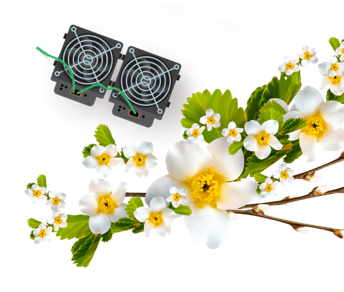Litecoin mining relies on dedicated computers and hardware and offers a secure network. Litecoin mining verifies transactions and rewards miners, but Litecoin mining isn’t as well developed as that of Bitcoin. Bitcoin can be mined using dedicated ASIC computers, and so can Litecoin, but these machines are very expensive. It’s also true that Litecoin uses its own version of a Proof of Work algorithm which means that Bitcoin miners can’t use their ASICs as effectively.
Litecoin mining transactions are recorded in blocks. Miners compete to verify each of these transactions as they come in and when they are approved they are added to the new block and the miner is rewarded. The system also ensures that there are no double spends. This is how the block chain grows. Each new block is moved to network nodes and these nodes then use the miner’s work to verify and send transactions across the network.
Litecoin mining consumes a great deal of electricity both for hashing and cooling. The reason miners contribute their power to the network is because they are all aiming to be rewarded. It’s a difficult equation sometimes to balance the level of reward with the cost of Litecoin, hardware prices, power consumption, and so on, but with a little research it is possible to turn a profit.


